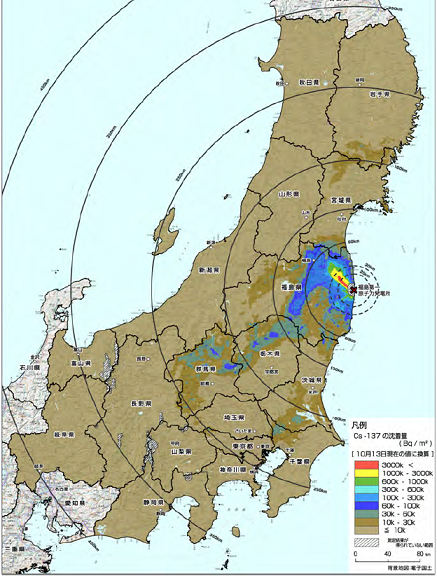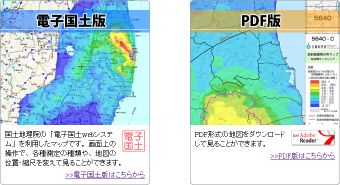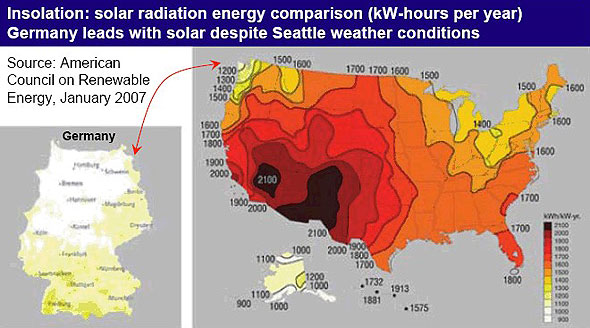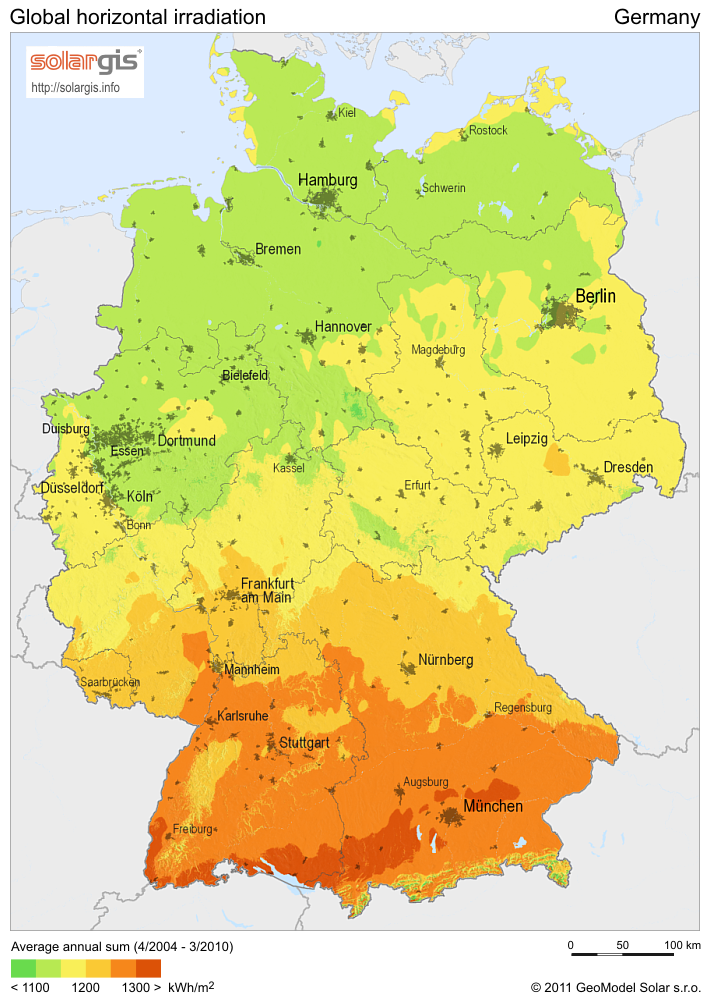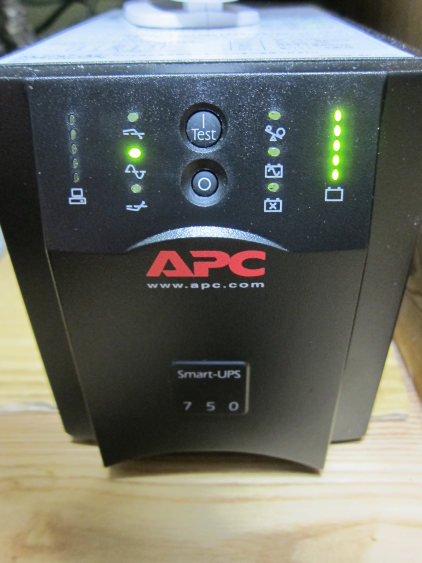Five weeks ago I started logging my road bike rides, runs and mountain hikes using the GPS in my Google Nexus S Android phone. I use the iMapMyRide app which requires Android 2.1 and later (of course there’s also an iPhone version).

Start the app, a few taps on the screen and it starts recording. You can pause the recording any time, say if you stop for food or rest. When you’re done you can easily upload the complete route with GPS coordinates and timing to the MapMyRIDE.com website. Besides bike rides you can also use the app for hiking, running or walking.
As it records it displays basic map information, so it can be used for simple navigation too, but most of the time I relied on Google Maps for that.
Afterwards you can view the workout on your PC. It will show altitudes along the route, including total gain. It shows average speeds for each km of progress. It calculates how many kcals you used based on the route, your weight and your age.
A calendar view shows all days on which you exercised, with distances for each workout, weekly totals and monthly totals. This can be a powerful tool to keep up a certain level of exercise on a regular basis.
Battery usage
As with many mobile applications, battery life is of concern to users. So far my longest recorded hike was 5 1/2 hours and my longest bike ride was 4 1/2 hours. I have not run out of power yet, but I’ve had the battery low warning pop up on occasion.
There are a few things you can do to optimize power usage. I make sure to disable WiFi and Bluetooth to minimize power usage. If I am in areas without mobile data coverage, such as high on a mountain I switch the phone into “airplane mode”, which will still let it receive GPS data but it won’t download map data (which it can’t anyway without a nearby cell phone tower). Disabling these wireless connections prevents the phone from wasting energy on trying to reconnect.
It makes a big difference how much you use the LCD screen. If you often turn it on to consult the map for a new or unknown route that will eat battery life.


In order not to have to worry too much about that and to be able to record longer and further rides and hikes, I got myself a cheap external Li-ion battery on Amazon Japan, into which I can plug the USB cable of my Android phone for extra power. I paid JPY 2,380 (about $30) including shipping. Its capacity is listed as 5000 mAh and it has two USB output ports, plus one mini-USB input port for recharging. It comes with a USB cable for charging, a short spiral USB output cable and 10 adapters to connect it to different phone models (including the iPhone and iPod). Because of the standard USB ports you can use any existing USB cable that works with your phone. It’s like running your smartphone off power from your computer.
The device is about the weight and size of my phone. It came charged to about 60%. It should take a couple of hours to fully recharge it from empty.
If fully charged it should theoretically provide three complete charges for my mobile phone, which has a 1500 mAh battery inside, thereby quadrupling the length of rides I can record. Most likely, I will run out of energy long before my battery does 🙂
My longest distances with MapMyRIDE so far:
- Bike ride: 71 km, 560 m elevation gain
- Mountain hike: 14 km, 1020 m elevation gain
- Run: 10 km in Tokyo
A few rough edges
While the iMapMyRIDE+ app feels fairly solid, it will need fixes for a few problems.
The major issue for me is that the app and the website don’t see eye to eye on time zones. For example, if I record a ride at 17:00 (5pm) to 18:00 (6pm) on a Sunday, the recorded workout title will include the correct time. However, if I view that workout on the computer’s web browser, it is shown on the calendar as having been recorded on the following day (Monday). If I check the details, the start and end times are listed as 8am (08:00) and 9am (09:00): Wrong day and off by 9 hours.
Probably not by coincidence my time zone (Japan Standard Time) is 9 hours ahead of UTC. It’s like the app sends up the start and end time in UTC but the website thinks the data is local time. Yet for determining the date it seems to add those 9 hours again, which takes it beyond midnight and Sunday gets turned into Monday.
I can manually correct every single workout from the website, which also fixes that date on the calendar, but then the app displays the wrong time, which I am prepared to simply ignore.
When I enter my height on the website and then view my details on the app, I am 2 cm shorter than I entered, perhaps as the result of my height having been converted from metric to imperial and back to metric with numeric truncation.
I wish the site would support 24 hour clocks, not just AM/PM. I also wish the site would let the metric size to be entered as cm, not just m and cm separately (probably a hangover from code written for feet and inches).
Note to the app developers out there: The world is much bigger than the US and most of it is metric.
UPDATE 2011-12-13:
I have used the Li-ion battery on two weekend bike rides now. One was 93 km, the other 101 km in length. In both cases I first used the phone normally until the remaining charge level was heading towards 20% (after maybe 4 hours), then I hooked it up to the 5000 mAh battery and continued the ride. The longer of the two rides was about 8 hours, including lunch and other breaks. At the end of the 101 km ride the phone battery was back up to 75% charged, while the external battery was down to 1 of 5 LEDs, i.e. close to empty.
I wasn’t as careful to conserve power with the external battery hooked up. My phone is configured to not go into sleep mode while hooked up to a USB cable, unless I manually push the power button. That’s because I also use it for Android application development, where it’s controlled from a PC via the cable. I should really turn that developer mode off on rides to have the screen blank after a minute as usual even when getting external power. Total capacity with the external battery probably at least 10 or 11 hours, more if I put the phone into “airplane mode”, which disables map updates and hence navigation.
My headlight currently consists of a twin white LED light using a pair of CR2032 batteries that I need to replace every now and then. It’s not very bright, especially where there are no street lights. Probably next year I’ll upgrade the front wheel using a Shimano DH-3N72 dynamo hub ,
,


which can provide up to 3W of power while adding very little drag. A 6V AC to USB adapter will allow me to power USB devices like my phone and the headlights from this without ever having to buy disposable batteries or connecting anything to a mains charger.
UPDATE 2012-01-02:
I have had the front wheel of my Bike Friday rebuilt with a Shimano DH-3N80 dynamo hub. The old 105 hub is now a spare while the rim with tube and tyre were reused. Here is the bike in our entrance hall:

Closeup view of the hub with AC power contacts:

I purchased a USB power adapter made by Kuhn Elektronik GmbH in Germany. It weighs 40 g and measures 8 cm by 2.5 cm. It provides a standard USB-A socket which fits standard USB cables such as the one that came with my Google Nexus S:

USB power adapter with Google Nexus S:

UPDATE 2012-03-14:
At the end of January I started using Strava for tracking rides, in addition to MapMyRides (MMR). I stopped using the MMR app because there is no way in MMR to export GPX files with time stamps, so you can not track your speed or performance on any sites besides MMR. They lock in your data. Instead I either record with Strava on my Android 4 Nexus S or with Endomondo on my Android 1.6 Google Ion. That way I can generate GPX files that will upload to Strava, Endomondo, MapMyRide or just about any other site. The automatic competition feature of Strava is superb. MMR’s best features are its calendar view with weekly and monthly statistics and its mapping feature for planning rides. If those were merged with what Strava can do, it would be a terrific GPS cycling app and site.



